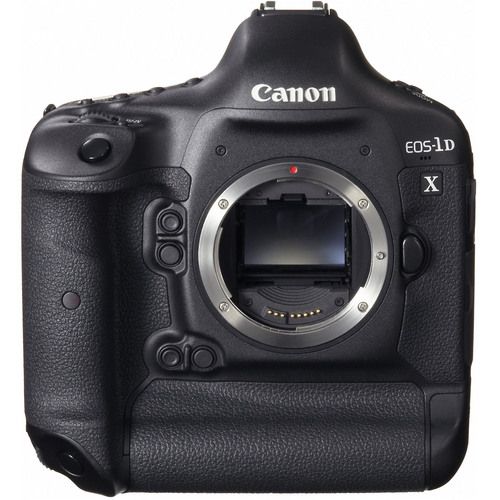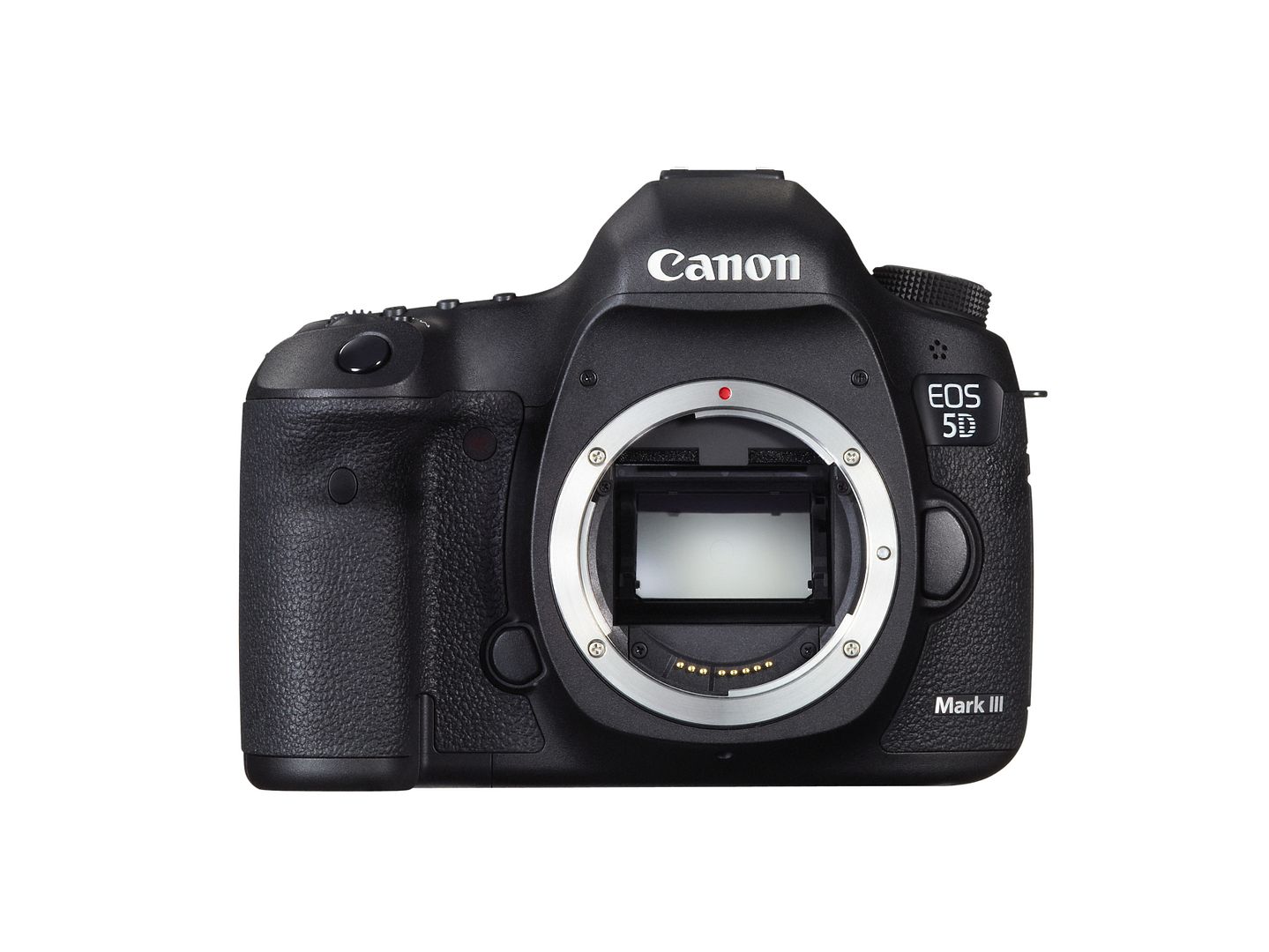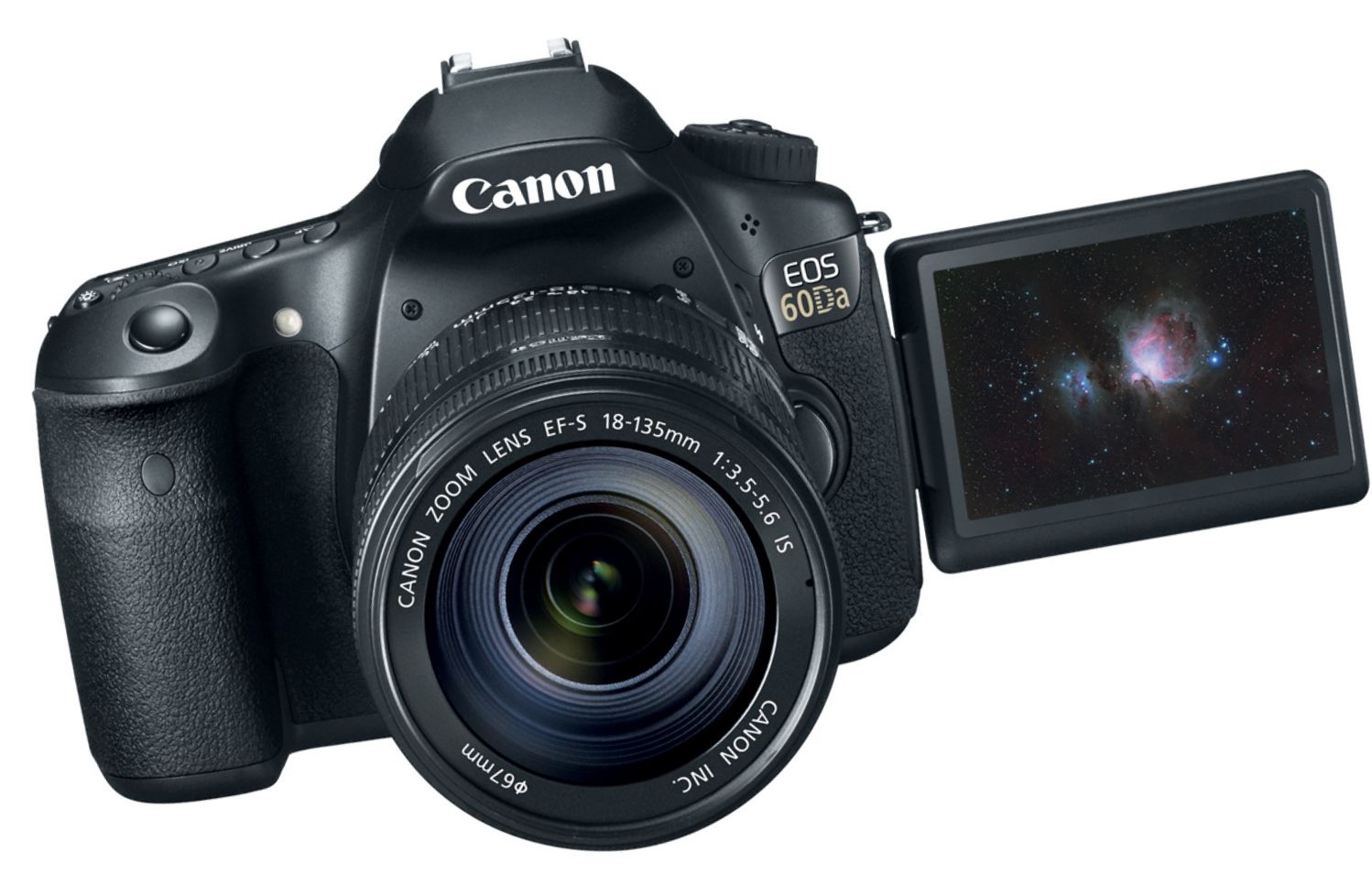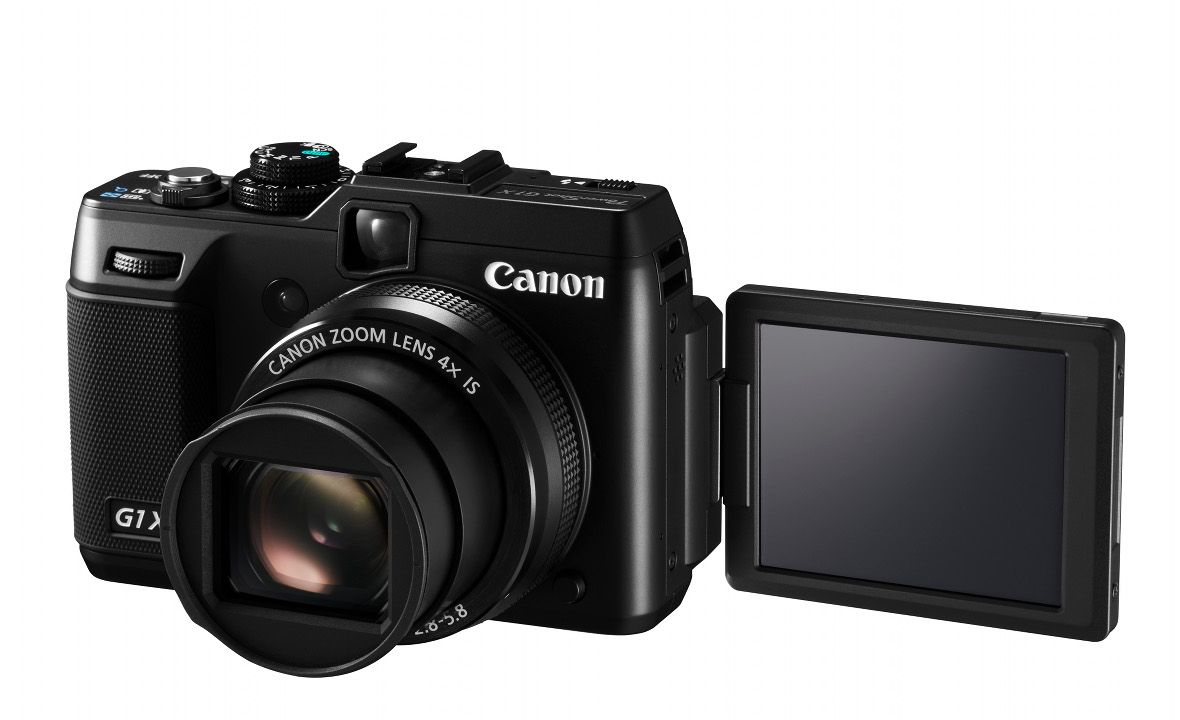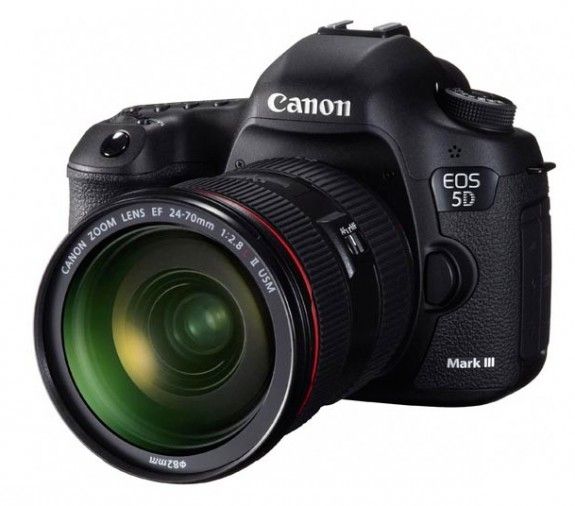Canon’s EOS 5D Mark III has such an amazing high ISO performance that I want to report more about this. It is, together with the advanced AF system and the fast burst rate, one of the features that make the 5D Mark III so much superior to its competitors (say…Nikon D800?). Ok ok, this is my opinion. :-)
Canon did the right thing when it did not put a high-res sensor in its new, year 2012, full-frame camera. Sailing upwind against the waves, Canon decided to keep a conservative resolution (22MP), to re-engineer the sensor and to update each and any system component. The result was a rock-solid performing camera, with (among other feats and tweaks) extended dynamic range, fast burst shooting, an advanced AF system, and an above-the-average ISO performance. I don’t think the 5D Mark III can be seen as a mere upgrade of the Mark II. It’s a new camera. Starting by the sensor, which got the gapless microlens technology of the EOS 1D X and has bigger photodiodes (more light) than its predecessor. Moreover, each photodiode has its own immediate noise processing of the transmitted signal. It’s the edge of imaging sensor technology, and Canon has always been one of the biggest innovators in this domain. Even Nikon knows this simple fact, that’s why they used a 5D Mark II to shot the D800 promo (click here). ;-)
Sony’s NEX 7 is not really in the same league as the EOS 5D Mark III, nevertheless I think a comparison of ISO performance is interesting. The NEX 7 is a great cam and we are curious to see how it performs compared to other new cameras, even if they have different sensor sizes (the NEX7 has an APS-C sized sensor). Mike Kobal did a extreme low-light (using candles!), high ISO test: 200-25600 on the 5D Mark III and up to 3200 on the NEX 7. How does the NEX 7 compare to Canon’s new EOS? See for yourself…
